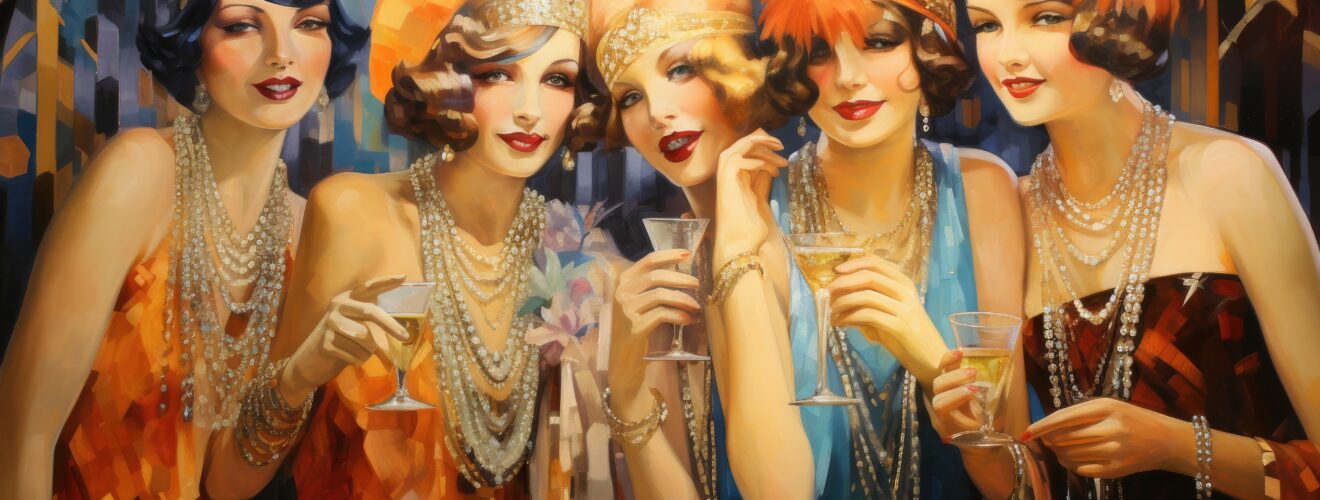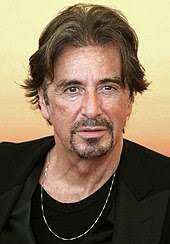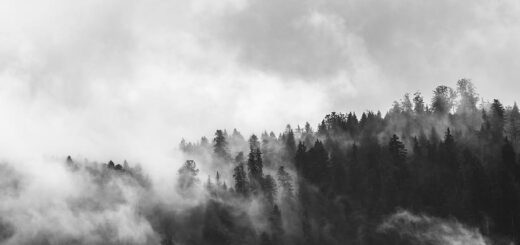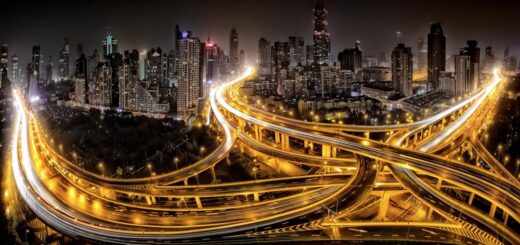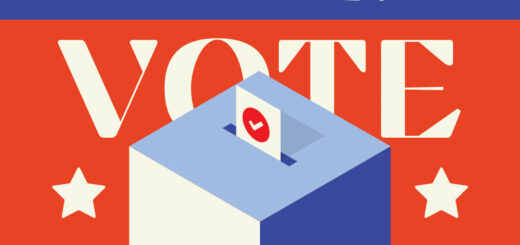Prohibition Era and the Speakeasies
The Prohibition Era in the United States occurred from 1920 to 1933 and was characterized by the nationwide ban on the production, importation, transportation, and sale of alcoholic beverages. This period gave rise to a clandestine and underground culture, with speakeasies becoming popular establishments where people could obtain and consume alcoholic drinks. Here are key points about the Prohibition Era and speakeasies:
Prohibition Era (1920-1933)
18th Amendment
The 18th Amendment to the United States Constitution, ratified in 1919, prohibited the manufacture, sale, and transportation of intoxicating liquors.
Volstead Act
Enacted in 1919, the Volstead Act provided for the enforcement of Prohibition, defining the terms of what constituted illegal beverages and establishing penalties for violations.
Rise of Organized Crime
Prohibition led to the rise of organized crime syndicates involved in bootlegging, smuggling, and the illegal production and distribution of alcohol.
Speakeasies
Illicit establishments where alcoholic beverages were sold and consumed during Prohibition.
The term “speakeasy” refers to the need for patrons to speak quietly or “easily” to avoid drawing attention to these hidden venues.
Bathtub Gin and Moonshine
Homemade alcoholic beverages, such as bathtub gin and moonshine, became popular during this period due to the scarcity of legal options.
Flappers and Jazz Culture
The Prohibition Era coincided with the Roaring Twenties, characterized by cultural shifts, including the rise of flappers, jazz music, and dance.
Speakeasies
Hidden Locations
Speakeasies were often hidden behind unmarked doors, in basements, or within seemingly ordinary establishments, to avoid detection by law enforcement.
Password and Secrecy
Some speakeasies required a password for entry, adding an element of secrecy and exclusivity.
Entertainment
Many speakeasies featured live jazz bands, cabaret shows, and other forms of entertainment to attract patrons.
Decoys and Lookouts
Some speakeasies had decoy operations or lookouts to alert patrons in case of a police raid.
Cultural Hubs
Speakeasies served as cultural hubs, bringing together people from different backgrounds to enjoy music, dance, and socialize.
Repeal of Prohibition
21st Amendment
Ratified in 1933, the 21st Amendment repealed the 18th Amendment, officially ending Prohibition.
Legacy
The Prohibition Era and the culture of speakeasies left a lasting impact on American society, influencing cocktail culture, nightlife, and attitudes toward alcohol.
Modern Speakeasies
Some contemporary establishments use the term “speakeasy” to evoke the style and atmosphere of the Prohibition Era, often featuring classic cocktails and a sense of nostalgia.
The Prohibition Era and the phenomenon of speakeasies are remembered as a complex period in American history, marked by social changes, cultural innovations, and the unintended consequences of attempting to regulate alcohol consumption.

